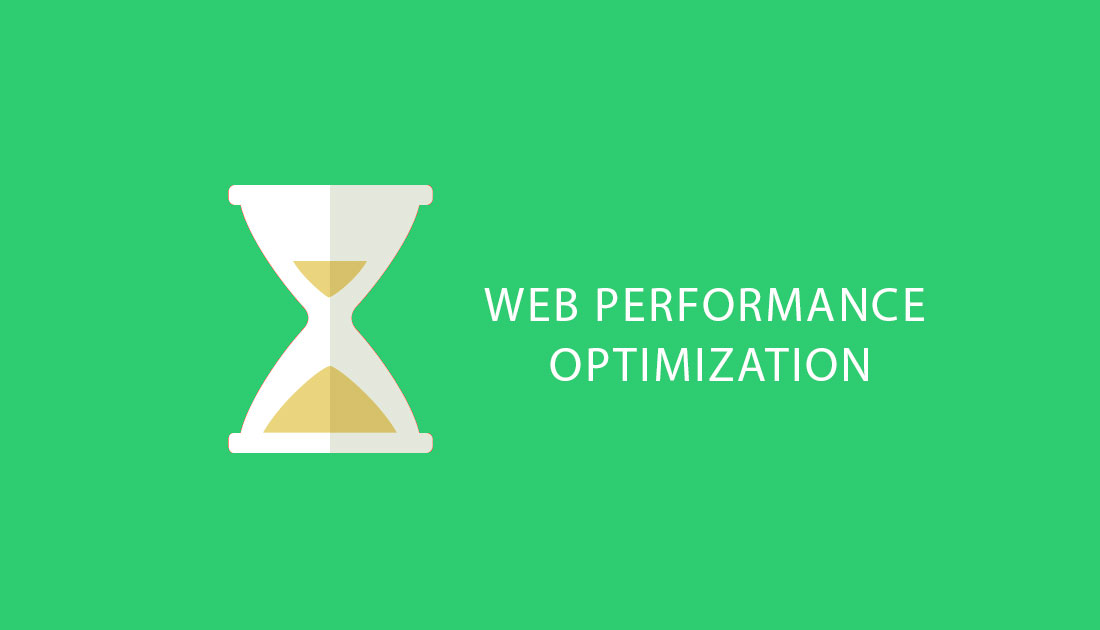Rise by Six: Your Daily Dose of Inspiration
Explore insights and stories that elevate your day.
Fast and Furious: How to Make Your Website Zoom
Unleash your website's potential! Discover quick tips to boost speed and performance that’ll make your site zoom past the competition.
5 Essential Tips to Accelerate Your Website's Performance
In today’s fast-paced digital landscape, website performance is crucial for retaining visitors and improving your search engine rankings. Here are 5 essential tips to help you enhance your site's speed and responsiveness. First, consider optimizing images; large files can significantly slow down your website. Use tools to compress images without losing quality and ensure you’re using the right file formats. Second, leverage browser caching. By setting cache policies, returning visitors will load your website faster, as their browsers will pull data from the cache rather than downloading everything again.
Another important tip is to minimize HTTP requests. Each element on your page, such as scripts, stylesheets, and images, requires a request to load, so combining files where possible can reduce loading times. Additionally, consider using a content delivery network (CDN) to distribute your content across various servers, allowing users to access your site from the nearest location. Finally, regularly monitor your website’s performance using tools like Google PageSpeed Insights, as this will help you identify areas for improvement and ensure your site remains optimized to meet the demands of your audience.

Understanding Website Speed: What Factors Impact Your Load Time?
Website speed is a critical factor that influences not only user experience but also SEO rankings. When we talk about load time, we're referring to how quickly a page displays its content upon a user's request. Various elements can impact this speed, including server performance, image optimization, and the use of heavy scripts. For instance, if your web hosting service is slow or unreliable, it can significantly delay load times, leading to potential visitor frustration and increased bounce rates.
Moreover, it's essential to optimize the content on your site to enhance website speed. Large images should be compressed, videos should be optimized for web playback, and unnecessary plugins or scripts should be minimized or eliminated. Implementing techniques such as browser caching and utilizing Content Delivery Networks (CDNs) can also help distribute your content efficiently, further improving load times. By addressing these critical factors, you can create a faster, more enjoyable browsing experience for your visitors.
How to Optimize Images for a Faster Website Experience
Optimizing images is a crucial step in enhancing your website's performance. Large image files can significantly slow down page loading times, leading to a negative user experience. To start, consider compressing images without sacrificing quality. You can use tools like TinyPNG or ImageOptim to reduce file sizes efficiently. Additionally, it's important to choose the right file format; JPEG is suitable for photographs, while PNG works best for graphics with fewer colors. By using the appropriate formats and ensuring your images are properly compressed, you can drastically improve loading times.
Another essential aspect of image optimization is utilizing responsive images. Implementing the srcset attribute allows you to serve different image sizes depending on the user's device, ensuring fast loading on both mobile and desktop versions of your site. Furthermore, always include alt text for your images, not just for accessibility, but also for SEO purposes. Properly labeled images can help search engines understand your content better. By following these guidelines, you'll contribute not only to a faster website experience but also enhance your overall SEO strategy.